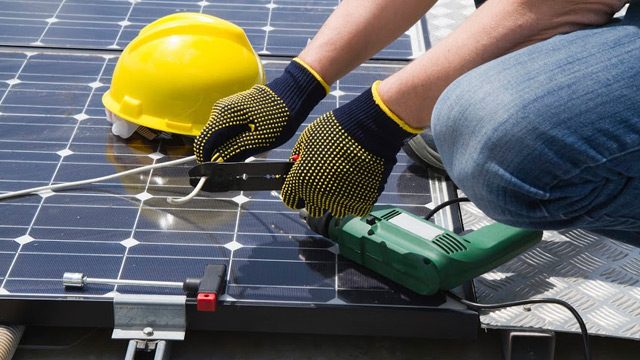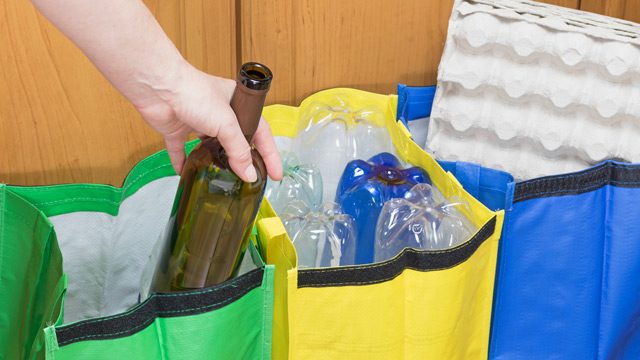SUMMARY
This is AI generated summarization, which may have errors. For context, always refer to the full article.

MANILA, Philippines – Modern humans cannot survive a single day without energy. We need it to travel to work, to keep our gadgets running, and to power our homes. Also, energy is used for transporting, processing, packing, and all the other steps involved in the food industry.
But using all this energy comes with a price. It’s not just the numbers you see on your bill – it’s the amount of carbon dioxide we emit through burning fossil fuels such as coal, natural gas, and oil.
Human activities generate greenhouse gas emissions. Each person’s contribution is known as his or her carbon footprint. These emissions accumulate in the atmosphere, causing the earth to grow warmer. The effects are what we now experience as climate change.
We cannot stop global warming anymore, but we can slow it down. Small but conscious changes in the way we eat, live, and work can help reduce our carbon emissions and ease the pressure on the environment.
How can you start reducing your carbon footprint in your home, office, and community? Here are a few ideas.
In the household
By reducing your household’s waste and energy consumption, you save money and our environment.
- Make your home more energy efficient. Maximize airflow and natural lighting from windows. Turn off lights and electronic appliances when not in use.
- Invest in renewable energy systems such as solar panels. They can help you reduce your electricity bill and even help you earn through the net metering system.
- Go paperless for your billing statements. Create digital archives for your files and don’t print emails unless completely necessary.
- Lessen your meat consumption. Giving up meat for one meal saves enough carbon emissions to boil a kettle 388 times.
- Avoid using plastic.
- Buy or grow organic food. It has less or no chemical fertilizers and pesticides, which are manufactured and distributed by big companies using a lot of energy for their operations.
When traveling

On average, each Filipino contributes 0.87 metric ton of carbon dioxide annually. Know the carbon cost estimate of your daily commute with this climate change calculator.
- Initiate a carpool system in your office, or create one with your friends who work in the same business district as you.
- Drive less and take public transportation more.
- Minimize air travel. Take vacations that are closer to home.
- Put technology to good use. Whenever possible, hold meetings through video calls or conference calls instead of traveling to the office.
- Avoid printing materials and documents. Encourage your office to use web-based productivity tools.
In your community

After you do your part, encourage others to follow suit.
- Avoid littering.
- Encourage waste segregation in your village or office. Have separate bins for biodegradable, non-biodegradable, and recyclable waste. Donate and reuse recyclables. Practice composting.
- Help when you can. Participate in forest restoration activities and local clean-up drives.
- Go local. Buy from companies that will use less fuel to transport goods and services. This also helps provide livelihood to farmers and low-income communities in your area.
- Support corporations that practice sustainable methods. – Rappler.com
Add a comment
How does this make you feel?
There are no comments yet. Add your comment to start the conversation.